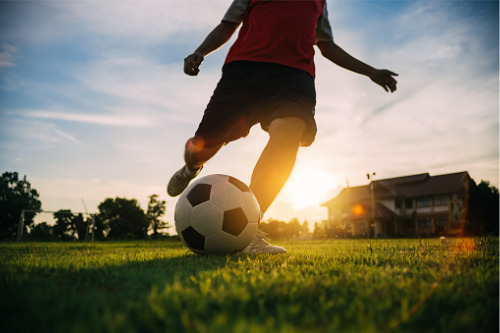

When the COVID-19 pandemic struck, businesses across the world felt its impact – but few were struck as hard as the sports sector. With athletes unable to compete in a host of events due to travel restrictions and lockdowns, sporting organizations were forced to adapt, but many faced the added dilemma of being unsure what they would and wouldn’t be covered for.
In most cases, insurance policies contained exclusions for communicable diseases – but, according to Sacha Vaillancourt, VP and until leader of sports, leisure, film, media and entertainment at BFL Canada, that doesn’t mean that insurers don’t still have a duty to fulfil towards their sporting insureds.
“There are exclusions on coverages, but it doesn’t mean that organizations don’t need to take measures to mitigate risks,” he said.
“Clients must follow government guidelines and insurers, despite the fact that it’s excluded on most policies, should be asking how organizations are managing and preventing risks,” he added.
Now that vaccinations have been widely distributed and travel restrictions have been lifted, athletes have again started to travel. However, this too can be a challenge – particularly if that travel involves visiting countries with difficult political environments. However, Vaillancourt explained that there are elements of travel policies that can help - such as kidnapping and ransom coverage, and emergency evacuation to protect athletes travelling internationally.
Vaillancourt also noted how athletes are typically tied to national sport organizations (NSO) or provincial sport organizations (PSO) - and that these can be critical when it comes to supporting them to mitigate risks they’re facing.
“All levels of government are very proactive, working with organizations in their province to make sure they comply with what needs to be in place,” Vaillancourt said. “In a lot of provinces, the funding is also related to protocols and procedures.”
“Safety is at the top of mind of all insurers and organizations,” he added. “PSO’s and NSO’s are very proactive to ensure that young children and high performing athletes can go back to the sports they love with the proper procedures in place.”
